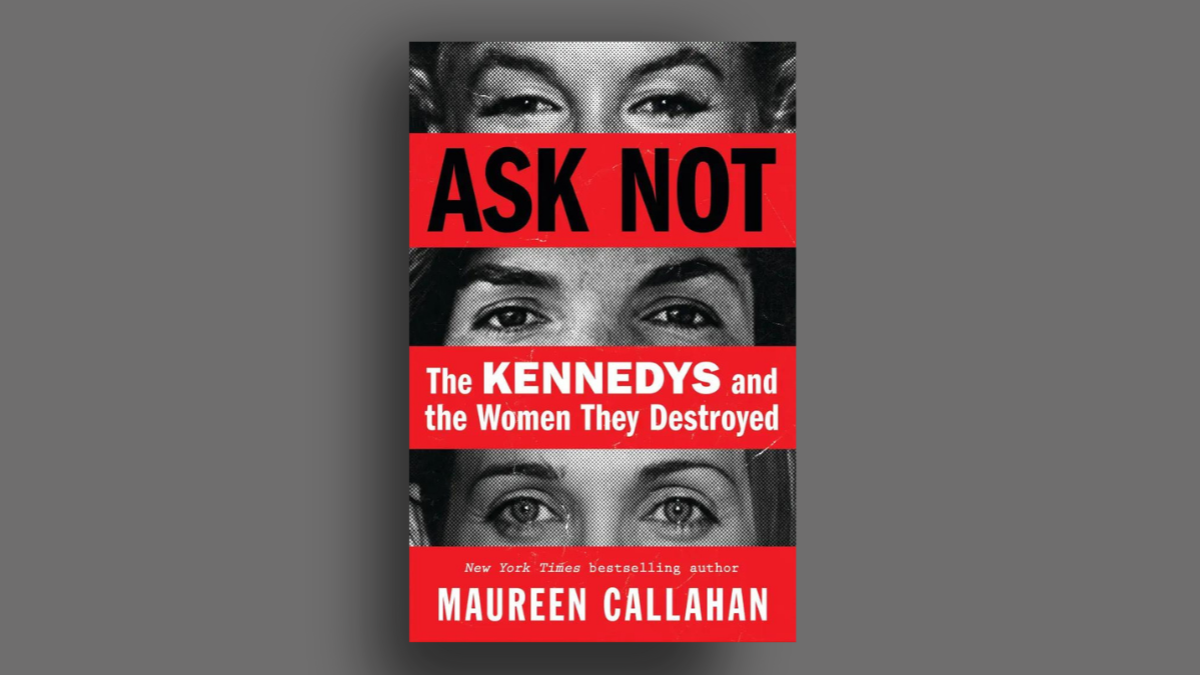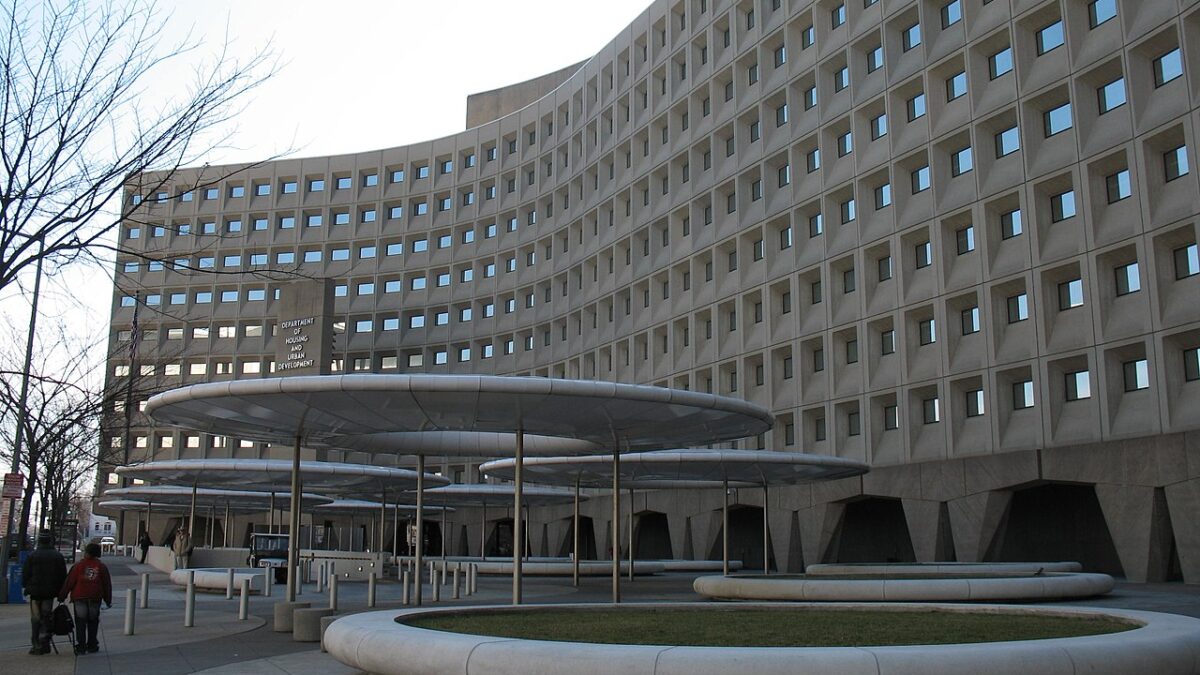
Since Francis of Assisi devised the first manger scene in the hills of Greccio, the Christmas crèche has represented the Incarnation, the heart’s blood of Christian faith. The Word became flesh and dwelt among us. The Jewish babe asleep on the hay embodies—incarnates—God’s covenant with his people. The créche is an 800-year-old emblem of divinity ushered into time and history. It is a theological symbol, not a political one.
Christmas celebrates God’s own action, not our own. But contemporary culture is more amenable to politics, expressed in social action, than proclamations of God at work in the world. It is time now to align the crib scene with secular social justice concerns. Accordingly, the Vatican displayed a crèche that collaborates with political agendas phrased in Christian terms.
Last year’s crèche in St. Peter’s Square added a Maltese fishing boat to signify the plight of migrants. Its presence erased crucial distinctions between the ancient command to welcome the stranger—highly nuanced in biblical times—with endorsement of mass migration. This year, the boat was absent from the crib scene but occupied Pope Francis’ Christmas homily.
His address exploited the common but faulty equation of Mary and Joseph with today’s migrants (“those who have lost their land, their country, their dreams”). It calls for a “revolutionary tenderness” to welcome and protect all peoples “kept at a distance, feared” and “forced to live on the edges of society.”
Repeat Theme for World Peace Day and the New Year
Francis repeated the theme in his message for World Peace Day, January 1, 2018: “Migrants and Refugees: Men and Women in Search of Peace.” RadioVaticana released the speech in November, providing a keynote for Advent and preparing the way for his Christmas sermon.
For World Day of Peace, Francis called for a four-point program of action for welcoming, protecting, and promoting migrants. He also advocated international agreements to facilitate “safe, orderly and regular migration.” The key word there is regular.
In anticipation of the political thrust of this year’s Christmas message, the crèche was rebranded “Nativity of Mercy.” A suitable cast of new characters was also introduced to illustrate papal exhortation to “embrace the stranger, the naked, the sick, the imprisoned.”
Dotted among the customary shepherds and wise men are tableaux representing the corporal works of mercy. Life-sized terracotta figures in eighteenth-century Neapolitan dress bury the dead, visit the imprisoned, clothe the naked. With its eye on two upcoming United Nations global compacts, the updated crèche splits the difference between the significance of Christmas and a tutorial on good works acceptable to international policy initiatives.
No Herald Angel, This
The installation looks like a parade float. A flamboyant winged figure, costumed for a street carnival, presides over the scene. No herald angel, this. A blanched cadaver lies like Snow White waiting for the vampire’s kiss. The head of a prisoner peeks out of a shrunken prison hut that resembles nothing in any penal system in the developed world.
The surreal incoherence of the thing signals confusion up the Vatican chain of command. Yet only one part of it has drawn fire: an unclad male, his privates draped, in a posture of supplication.
Naked bodies are unremarkable, even formulaic, in any clothe-the-naked motif. Nevertheless, the figure caused a clamor. It was censured as sexually suggestive, a token of homoeroticism, and a sly wink from a lavender Vatican. In a bizarre burst of priggery, even Facebook vetoed the image as “provocative,” leaving us wondering how the site’s elves categorize those male nudes across the Sistine Chapel ceiling.
More is lost than gained when Catholics allow themselves to adopt the militant LBGT urge to read homosexuality into everything. This year’s crèche earns objection for better reasons than imagined phallic symbols or sexual provocation. Sometimes a cigar really is just a cigar.
Comstockery distracts from what is truly indecent in the installation: reducing Christmas to an accessory to material and political purposes, migration heading the list. The reason Christmas is worth celebrating precedes and surpasses all our good works.
Bad Art, Not Homoeroticism
Furor over the nude figure brings to mind an older spasm of art and umbrage. In 1909 Mary Richardson brought a meat cleaver to London’s National Gallery, there to attack Diego Velásquez’s Rokeby Venus. Slasher Mary, as the press called her, was an ardent suffragette aggrieved by “the way men gaped at it all day long.” Unable to use her cleaver on male gawkers, she mutilated the painting instead.
A century later, things seem much the same. No one hacked the revised Nativity scene but, then as now, the male gaze remains a bogey. Richardson was incensed by heterosexual oglers. This time around the offending gaze is inverted. Today’s presumed object of wanton glances is not a female backside. It is that hapless fellow reaching for a scrap of practical mercy.
Repelled by the drumbeat of LBGTQAXYZ self-assertions, conservative Catholics are poised to see signals of homoeroticism where there is only bad art. Resentment over homosexual militancy—and displeasure at well-intentioned clerical sympathy—is a distorting lens that adds frisson to a lackluster sample of pseudo-folk kitsch.
Naked men are staples in a long tradition depicting scenes of lamentation and healing. Both sexes appear nude in a wealth of Last Judgments, Apocalypses, and Harrowings of Hell. Bereft of any erotic charge, this particular nude male is a bland imitation of its historic sources.
Adding to the ferment is the Abbey of Montevergine, which donated the “Nativity of Mercy.” It houses a Marian image that LGBT activists in Italy have adopted as their patroness. By dint of its location, the monastery exerts a gravitational attraction to Italy’s galaxy of gender identities. Built in the 1100s near the site of an ancient temple to the mother goddess Cybele, the abbey endures an annual pilgrimage by modern inheritors of a Cybelene cult that dates back to the early third century and has picked up Christian trappings over the centuries.
Projecting the present onto the past, activists salute Cybele’s priests—self-castrated eunuchs—as ancient transgenderisti. The cult’s ostentatious eroticism and gaudy costuming is commemorated, in retrospect, as antiquity’s gay pride. All else follows from that.
In brief, the Madonna of Montevergine has been appropriated—with scant attention paid to her virginity—by a movement seeking symbols to devour. Movement apostles can lay claim to anything they choose. (As they have with vocabulary.) Still, gossip of a Cybelene conspiracy fans incitement. All the same, the provenance of the crèche is the wrong filter through which to view that nude figure.
Elevating the Temporal Above the Eternal
Overlooked in the tumult over the Vatican crèche is something far larger than a nude near the manger or gay euphoria over its commission. By fusing political or ideological symbols to religious ones, Pope Francis unwittingly subordinates man’s ultimate end to temporal ones.
Viewed within the context of the pope’s accompanying speeches, what we see in the official crèche is an oblique confession of Francis’ attraction to the hubris of schemes for world government. In the end, it is the managerial state—with its bureaucratic compacts, proposals, and directives—that is the final enforcer of corporal works of mercy, as these are defined by the state’s own standards.
Jacques Ellul, a French Protestant theologian intimately engaged in the political life of his era, wrote penetrating commentaries on Christianity’s subservience to the sociopolitical milieu. Here, a key passage from his “The New Demons” (1973):
[Christians] . . . assert that Christianity is meaningful only in terms of political commitment. In truth, it is their religious mentality which plays a trick on them. As Christianity collapses as a religion, they look about them in bewilderment . . . hoping to discover where the religious is to be incarnated in their time. Since they are religious, they are drawn automatically into the political sphere like iron filings to a magnet.
Within that sphere, even works of mercy become a tool for political conceits.
Saint Francis’s town name has been corrected.


